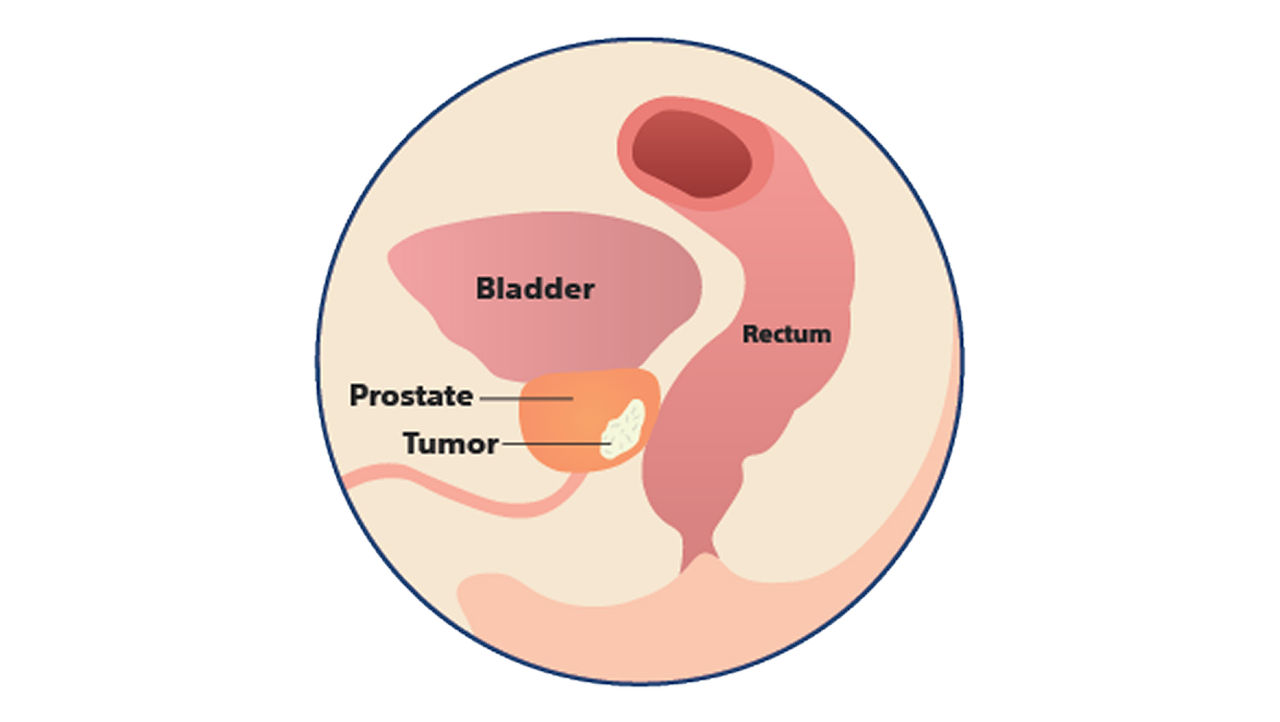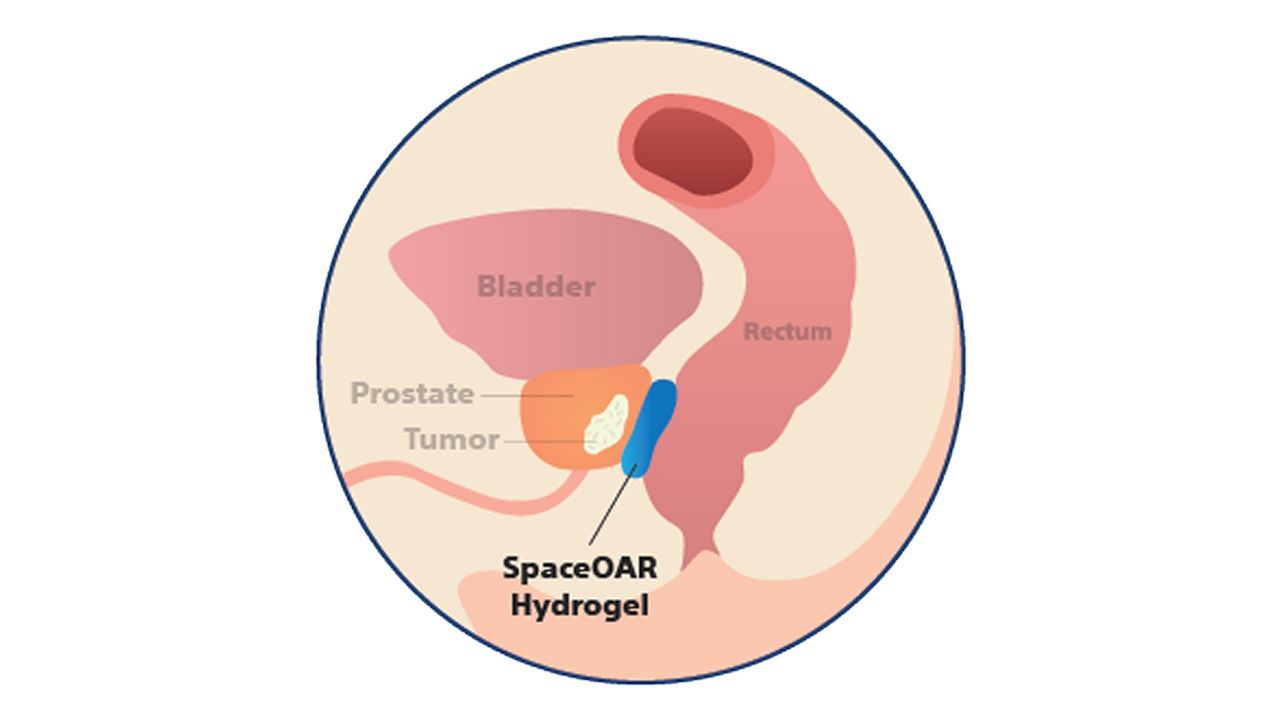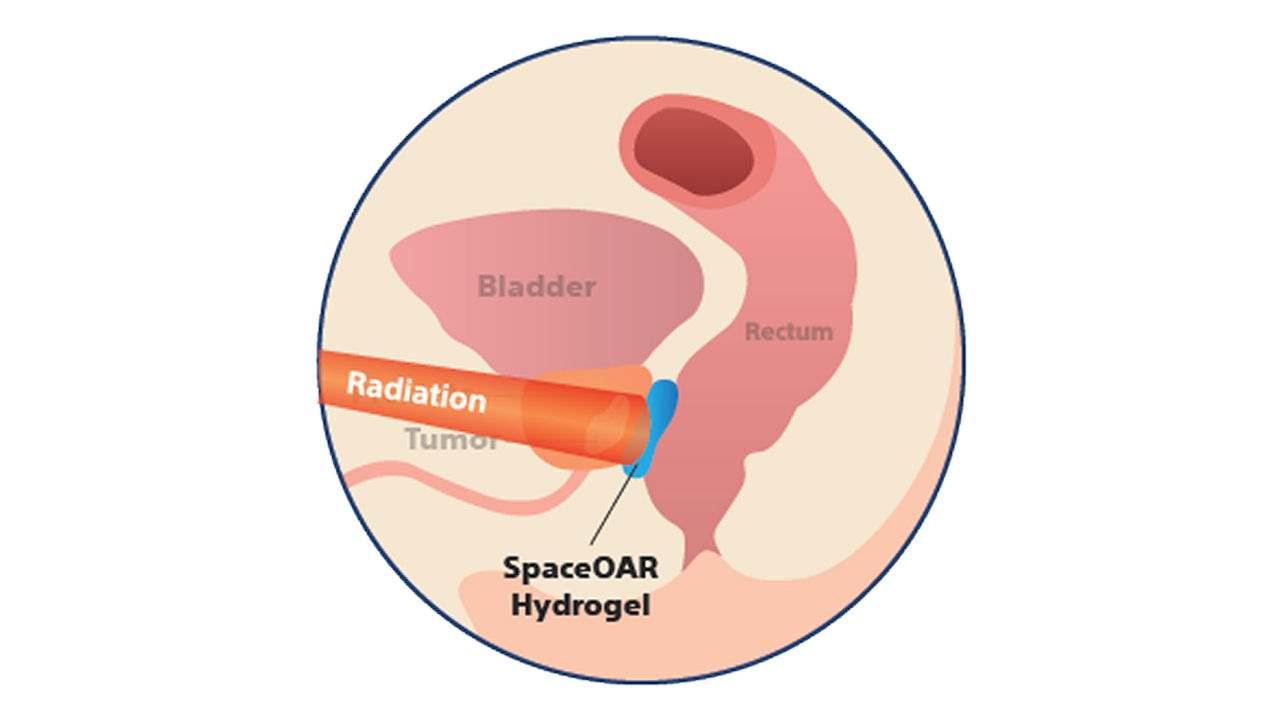
Radiotherapy for prostate cancer can lead to some unpleasant and sometimes debilitating side effects.
Reduce side effects of radiotherapy for prostate cancer
Radiotherapy is a highly effective treatment for prostate cancer, but it can cause a range of side effects that have the potential to adversely affect your quality of life. These side effects include urinary problems such as incontinence, bowel problems such as diarrhoea and stool leakage, and erectile dysfunction.









